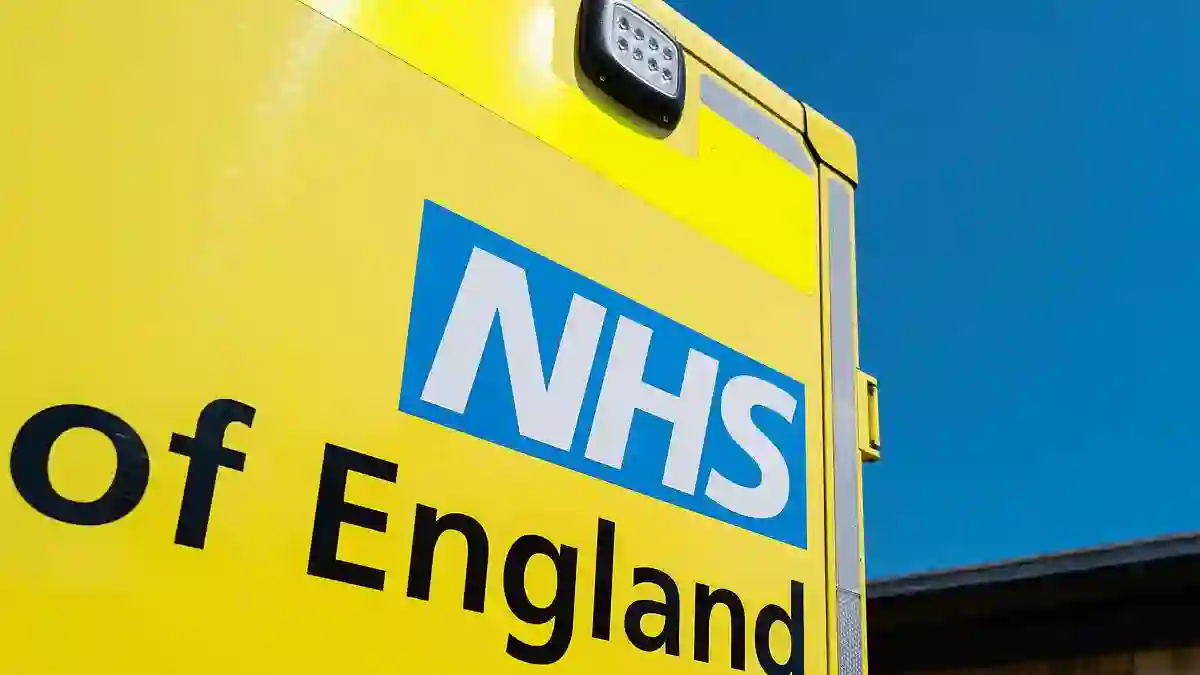Hospitals are places where lives are saved every day—but when more people than expected are dying, it raises tough questions.
A newly released NHS report has revealed that several hospitals in England are recording significantly higher patient death rates than what’s considered the norm.
While it’s not an automatic sign of poor care, the data acts as an early warning system, prompting health officials to take a closer look.
What the NHS Report Actually Shows
Between March 2024 and February 2025, eight NHS trusts were flagged for having higher-than-expected patient deaths.
The measure, called the Summary Hospital-level Mortality Indicator (SHMI), compares actual deaths to the number statistically expected—factoring in patient age, condition, and other demographics.
This includes patients who died in hospital as well as those who passed away within 30 days of discharge.
While the report makes it clear this isn’t a direct assessment of quality of care, it’s designed to highlight potential red flags for further review—like a smoke alarm that prompts a closer inspection.
Some Hospitals Have Been Flagged for Years
Of the eight trusts highlighted in the latest report, six had also been flagged the previous year—suggesting longer-term issues.
One of the most concerning examples is County Durham and Darlington NHS Foundation Trust, which recorded 26% more deaths than expected.
At its University Hospital of North Durham site alone, deaths were nearly 30% higher than the norm.
This trust had already drawn attention in a MailOnline investigation last month for consistently elevated death rates over at least six months.
Repeat Offenders and Long-Term Patterns
Other NHS organisations making the list of concern include:
-
East Lancashire Hospitals NHS Trust
-
Medway NHS Foundation Trust
-
East Cheshire NHS Trust
-
Norfolk and Norwich University Hospital
-
Bradford Teaching Hospitals NHS Foundation Trust
Notably, Norfolk and Norwich University Hospital has been flagged every month since March 2020—when the pandemic first hit—making it a consistent outlier for over five years.
Two additional trusts were flagged this year:
-
University Hospitals Plymouth NHS Trust
-
University Hospitals of North Midlands NHS Trust
Total Deaths Across NHS Slightly Declined
Across the board, NHS hospitals in England recorded about 291,000 patient deaths during the reporting period—a small drop from 292,000 in the year prior.
While most trusts were either in line with or slightly above expectations, 11 trusts actually saw fewer deaths than predicted.
Leading that group was Imperial College Healthcare NHS Trust in London, which reported nearly 29% fewer deaths than expected.
Chelsea and Westminster Hospital NHS Foundation Trust and Kingston and Richmond NHS Foundation Trust also saw over 27% lower-than-expected death rates.
But Higher Deaths Don’t Automatically Mean Poor Care
NHS England has been clear about how the SHMI should be interpreted.
A higher-than-expected death rate doesn’t automatically mean there’s poor care, and a lower number doesn’t mean everything’s perfect either.
It’s just a statistical signal—a starting point for hospitals to investigate further and understand what might be going on.
The SHMI system was introduced after the Mid Staffordshire NHS Trust scandal, where up to 1,200 patients died due to poor care between 2005 and 2009.
That tragedy, revealed through similar data analysis, highlighted the need for early warning signs in NHS systems.
Norfolk Hospital Responds to Long-Term Data Concerns
Dr. Bernard Brett, Medical Director at Norfolk and Norwich University Hospital, responded to the report saying the trust has already conducted a thorough review.
He noted that their SHMI is improving, thanks to better data collection and updates to patient care pathways.
He explained that their region has an older population with complex medical needs and more palliative care cases, which can naturally result in higher death rates.
He also mentioned that their data recording may differ from other trusts, and they’re working to improve how patient complexity is captured in the system.
Medical Examiners and Internal Reviews
To ensure accountability, the Norfolk hospital was among the first in England to introduce the Medical Examiner service—an independent team that reviews every hospital death.
Dr. Brett said there’s no evidence from the Medical Examiner that the hospital is an outlier in terms of avoidable or unexpected deaths.
He emphasized that continuous improvements are being made and closely tracked by both the Trust Board and national health bodies.
Data Issues, Not Clinical Concerns, at North Midlands Trust
At University Hospitals of North Midlands, a spokesperson confirmed that their spike in SHMI was due to a data coding issue—not a clinical problem.
They’re working on correcting the records to better reflect the true situation.
The six other trusts flagged in the report have also been contacted for comment, but no official responses were included at the time of writing.
What Happens Next?
This report isn’t about pointing fingers—it’s about paying attention.
The SHMI doesn’t offer hard conclusions, but it shines a light on patterns that deserve a second look.
For trusts showing consistently high death rates, it’s a call to dig deeper, improve documentation, and ensure patients are receiving the best care possible.
NHS England reminds us that data like this should always be the start of the conversation—not the end of it.



